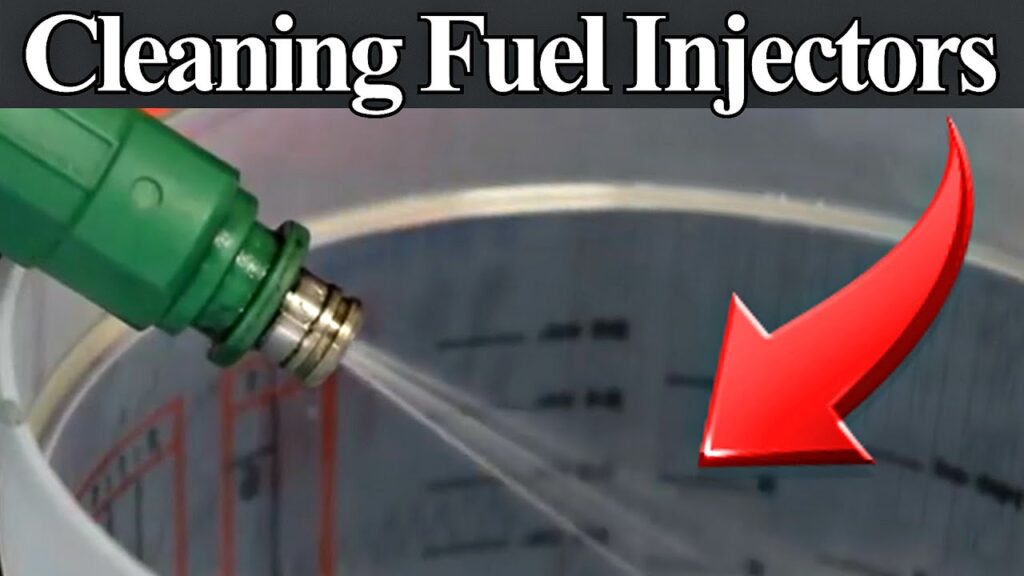
Fuel injectors play a vital role in the efficient operation of your vehicle’s engine. Over time, these injectors can become clogged with carbon deposits and other impurities, affecting fuel delivery and engine performance. Fortunately, cleaning fuel injectors is a relatively simple and cost-effective maintenance task that can improve fuel efficiency and restore engine power. In this article, we will guide you through the steps to clean your fuel injectors and keep your vehicle running smoothly.
Step 1: Gather the Necessary Tools and Materials Before you begin cleaning your fuel injectors, ensure you have the following tools and materials:
Step 2: Locate and Disconnect the Fuel Injector(s) Refer to your vehicle’s service manual to locate the fuel injectors. In most cases, they are found near the intake manifold. Once you’ve identified the injectors, carefully disconnect the fuel rail from the injectors. Be cautious and follow proper safety procedures to avoid any fuel leaks or fire hazards.
Step 3: Connect the Cleaning Kit and Run the Cleaning Solution Using the appropriate adapter provided in the cleaning kit, connect the cleaning solution canister to the fuel rail or directly to the fuel injector(s). Ensure a secure connection to prevent any leaks. Follow the instructions provided with the cleaning kit for specific details on the process and duration of the cleaning cycle.
Step 4: Run the Engine and Flush the System Start the engine and let it run according to the instructions provided with the cleaning kit. The cleaning solution will flow through the fuel injectors, breaking down any deposits and impurities. Allow the engine to idle for the recommended duration to ensure thorough cleaning. Observe any changes in the engine’s performance during the cleaning process.
Step 5: Reconnect the Fuel Rail and Test Drive Once the cleaning process is complete, shut off the engine and carefully reconnect the fuel rail to the fuel injectors. Double-check all connections to ensure they are secure. Start the engine and take your vehicle for a test drive. Pay attention to any improvements in fuel efficiency, smoother acceleration, and overall engine performance.
Conclusion: Regularly cleaning your fuel injectors is an important maintenance task that can optimize your vehicle’s performance and fuel efficiency. By following these simple steps and using a fuel injector cleaning kit, you can remove harmful deposits and restore the proper function of your injectors. However, if you are unsure or uncomfortable performing this task yourself, it is recommended to seek the assistance of a professional mechanic or automotive service center.
Remember, prevention is key to keeping your fuel injectors clean. Using high-quality fuel, following the manufacturer’s recommended maintenance schedule, and keeping your vehicle’s fuel system in good condition can help prevent excessive carbon buildup. By taking care of your fuel injectors, you’ll enjoy a smoother and more efficient driving experience.
Disclaimer: The information provided in this article is for educational purposes only. Always refer to your vehicle’s service manual and follow the manufacturer’s recommendations for maintenance and repair procedures.

Receive early discount offers, updates and new product info from us.